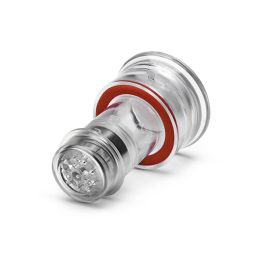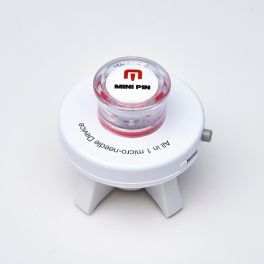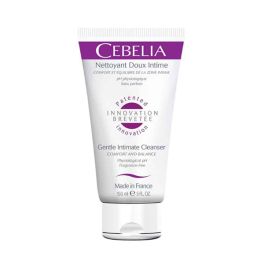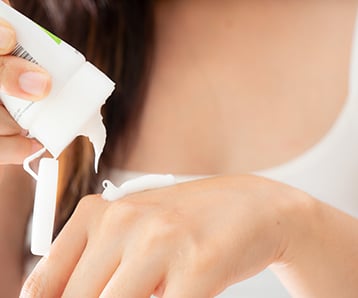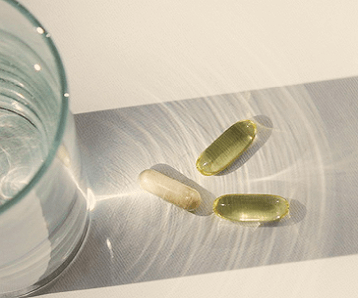Cryotherapy Posted on 8 Oct 2009
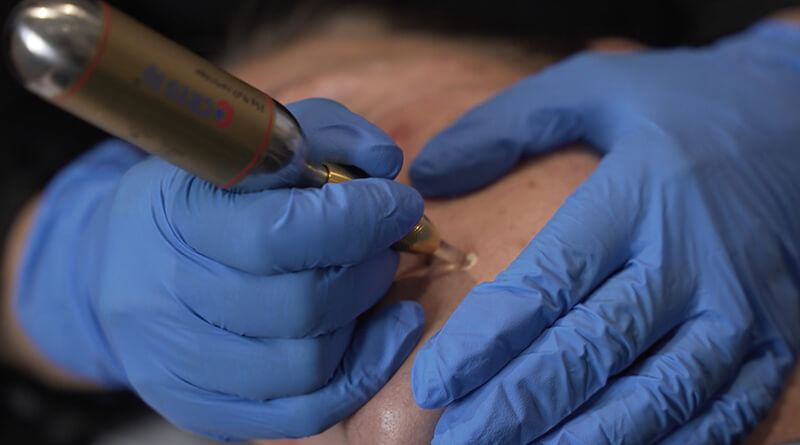
CRYOTHERAPY
Remove skin tags, moles and other skin imperfections with the innovative CryoPen™.
Cryotherapy is a safe, quick and effective solution for the removal of common skin lesions such as moles, skin tags, verrucas, age spots, Milia, Spider Naevi, cherry Agnioma, Campbell de Morgan Spots and seborrhoeic warts.
The CryoPen™ emits a pressurised, super fine jet of nitrous oxide from its tip, making the treatment incredibly accurate and safe.
The procedure is virtually painless, safe for all skin types and skin tones.
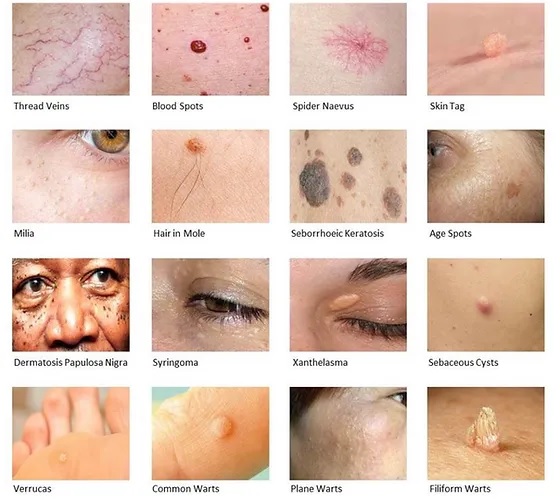
WHAT IS CRYOTHERAPY?
It is an advanced Cryotherapy innovation that is a fast, effective, safe and new solution for removal of skin imperfections.
Procedures typically last from 5 to 30 seconds, so you can be in and out of the clinic quickly.
HOW IT WORKS
It emits a fine jet of Nitrous Oxide under high pressure, which allows the clinician to work with millimetre precision.
This destroys the tissue by freezing the inter-cellular fluid, forming ice shards and crystals which rupture the membrane, thereby destroying the cell.
That means there will be no collateral damage to healthy tissue. It’s so incredibly accurate and practical.
Cosmetic procedures such as skin tags, milia and cherry angiomas are no longer being treated by many doctors on the NHS. With Cryotherapy you can now have these treatments here.
The applicator is held as close as possible to the skin imperfection and moved quickly towards and away from it. This could be from 1-30 seconds, depending on the size and depth.
• Removes unsightly skin tags and age spots for that perfect finish
• Minimally invasive
CRYOTHERAPY OFFERS THE IDEAL TREATMENT FOR:
• Skin Tags
• Sun Damage
• Age Spots
• Milia
• Warts
• Cherry Spots
• Verrucae
• Moles (with GP letter)
• Seborrheic keratosis (with GP letter)
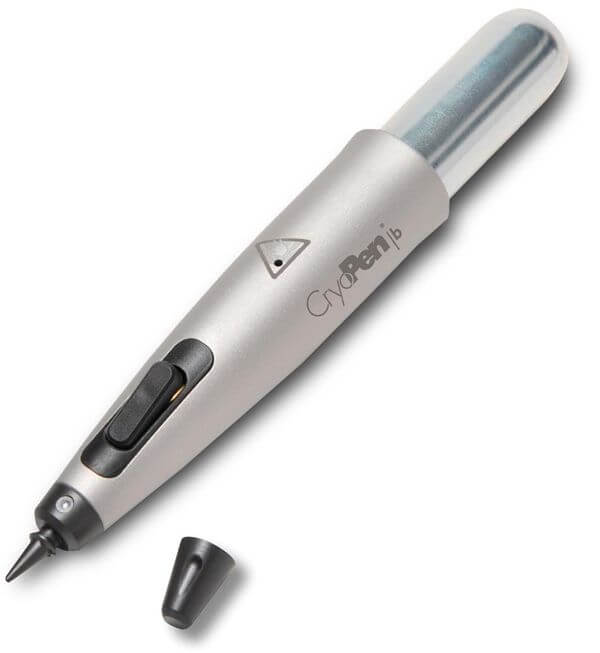
QUICK TREATMENT
Treatment only takes 1-2 minutes
SAFE & STERILE PROCEDURE
No incision, no bleeding, no risk of infection
ANALGESIC EFFECT
Due to the cold temperature of freezing treated area
EFFECTIVE RESULTS
Successful treatment of the full spectrum of cosmetic & medical skin lesions & blemishes
TREATMENT:
The freezing treatment normally involves 5-30 seconds of the liquid spray being applied with the CryoPen™; a further freezing treatment can be applied after a short break depending on the skin type and the nature of the problem.
Following treatment, the skin lesion may become darker and will begin to crust. The crusted skin lesion will eventually flake away; this could take between 1-6 weeks.
Healing time varies and is largely dependent on the skin type and the skin lesion that has been treated.
A follow-up appointment will be arranged for 4-6 weeks following your treatment to review the results of the Cryotherapy and assess whether further treatment is required.
FREQUENTLY ASKED QUESTIONS
Are there any side effects?
The area treated is frozen by Cryotherapy. This kills the localised cells in the area which causes them to shrivel and die.
The treated area may go darker over a few weeks, but will return to normal pigmented skin in about 6 weeks.
How long are Cryotherapy treatments?
The duration of the treatment time will depend on the surface area and the thickness of the tissue being treated.
Upon the clinical evaluation of the depth of the area, the clinician will choose an application time from 1 to 30 seconds.
How much will the treatment cost?
The cost of treatment will depend on the clinic and the size of the area. Make an appointment with your clinician will discuss costs and assess your area.
How safe is Cryotherapy?
Cryotherapy is a relatively low-risk procedure. It delivers a freeze directly to the area, and not the healthy surrounding tissue.
The Cryotherapy device is both CE and FDA-registered.
Is the treatment painful?
There will be a pain sensation similar to a stinging nettle on the skin when the Nitrous Oxide reaches the bottom of the area.
There might be a little residual stinging for a few minutes after treatment, this is normal.














